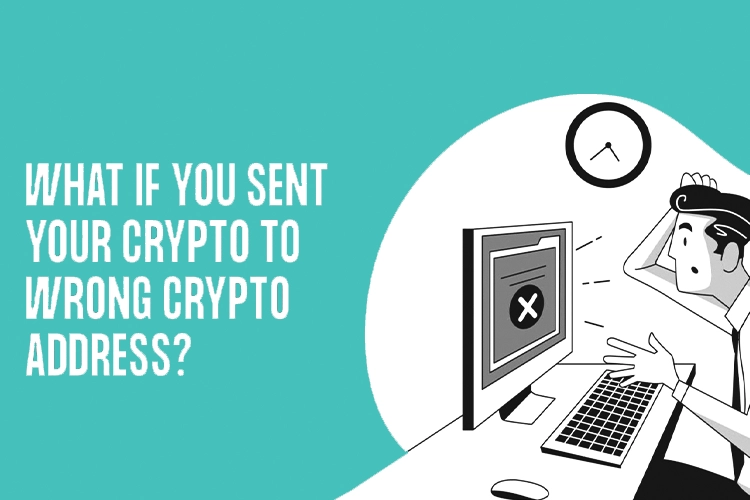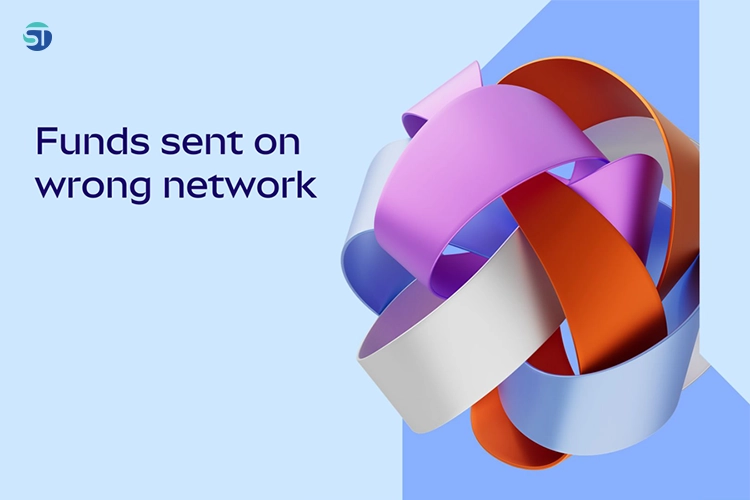Crypto payments can be confusing for newcomers, and simple mistakes are common. One frequent issue is sending crypto to the wrong network. In this article, we explain why this happens, how to recover your funds.
What's Blockchain?
Blockchain is a decentralized database that is a distributed ledger. This means there is no single place to manage or store data.Information is distributed across multiple devices (network participants), each containing a full copy of the database and updated independently of the others. The network nodes then vote on the updates to reach a consensus, which is governed by an algorithm. Once a consensus is reached, the current database version is stored on each device.
The information in the blockchain is recorded in blocks that are connected into chains arranged in chronological order. This ensures that data cannot be changed or erased once it has been added to the blockchain. Transactions are confirmed, validators add new blocks, and network participants verify transactions made within the blockchain.
There are many blockchain networks operating in the modern crypto market, including Tron, Ethereum Polygon, Bitcoin, and Solana. Each network has its own protocols, address formats, and token standards.
Causes of Sending Crypto Assets to the Wrong Network
Cryptocurrencies can work with multiple networks, like USDT, which works on multiple networks simultaneously. In the article, we discussed the most popular Tether formats and how they differ.However, blockchains are independent systems that cannot directly communicate with each other. Therefore, transferring funds to the wrong network often results in a loss of funds.
Many novice crypto users face such a problem. Such errors are especially common in networks with a similar address format. These include:
Ethereum — DeFi platform.
Ethereum Classic — the original Ethereum system.
Binance Smart Chain — Binance's blockchain that is compatible with Ethereum.
Polygon — an Ethereum sidechain (offshoot) designed for scalability.
If a user of one of these blockchains makes a transaction and chooses the wrong network, the system cannot recognize the error. In such cases, the money goes to the wrong blockchain and does not appear in the recipient's account.

There are multiple indicators that the funds may have been mistakenly transferred to an incorrect network:
The system defines the transaction as successfully completed, but the funds have not been credited in the recipient's account. This is because the coins were sent to the wrong network to which the wallet belongs.The transaction is successful, but the recipient's wallet does not display the received cryptocurrency. If the wallet works with multiple blockchains, switching to the correct network can solve this problem.
To verify that the problem was indeed sending coins to another network, you can do the following:
Use a blockchain explorer. Such services allow you to track transactions on the network. Searching for a transaction through the browser will allow you to determine the transfer status and understand which network the funds were sent to.
Verify the sending and receiving addresses. This will ensure that the address was entered correctly and that the coins were not sent to another recipient.
Crypto Recovery Options
Blockchain technology implies that a transfer cannot be changed or cancelled once the transaction has been confirmed. Despite this, there are several ways to get funds back after sending them to the wrong network.Transfer to a custodial service
Users of custodial crypto wallets do not have access to their private key, which prevents them from using the import method described above. The only option to solve the problem is to contact tech support.
Transfer to a non-custodial wallet that does not support the wrong network
If the wallet does not work with the network to which the funds were sent, it will be more difficult to resolve the problem. Nevertheless, it is possible. This will require importing the recipient's wallet into a new wallet that supports both networks — for example, MetaMask or Trust Wallet. The import is done using a private key or a seed phrase. After that, the funds will be displayed on the account of the desired network.

